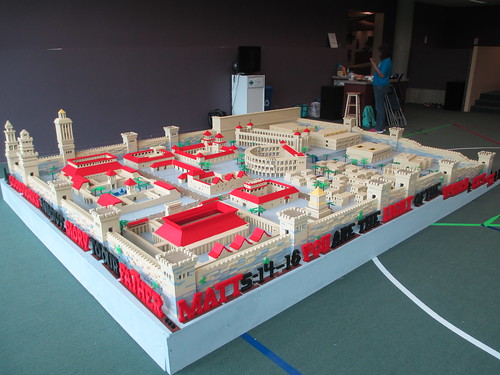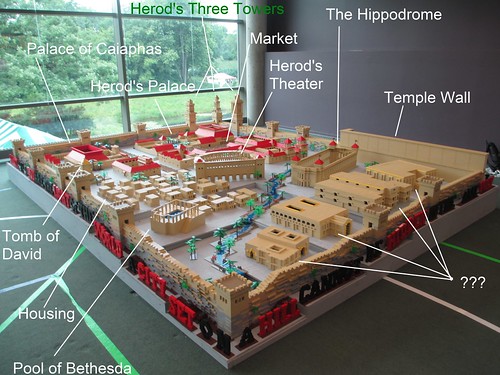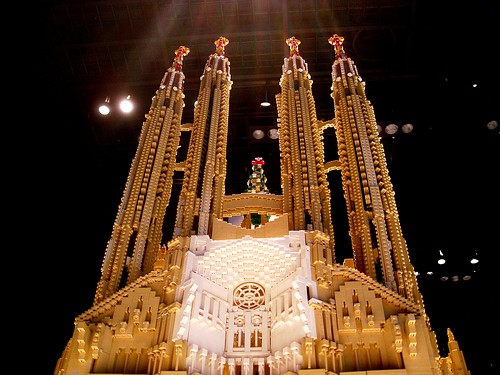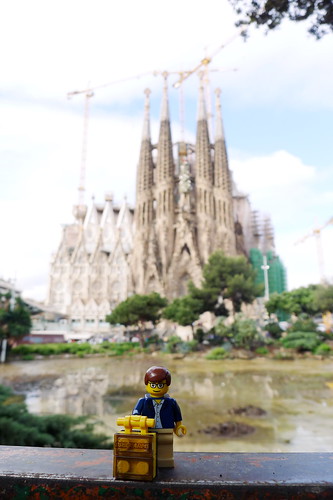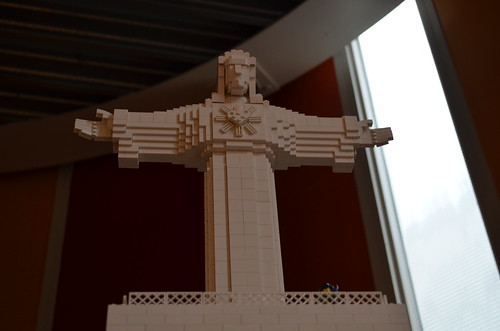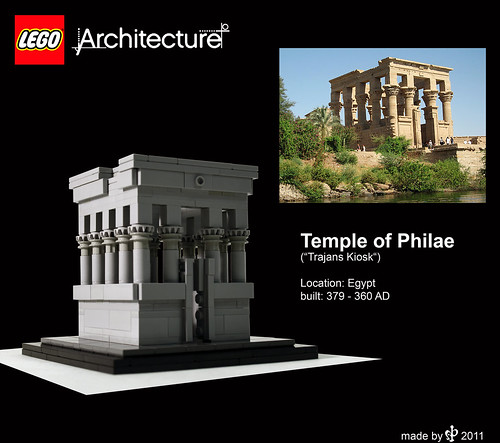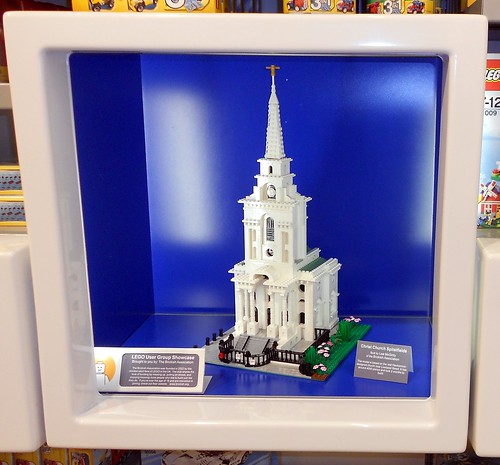LEGO has just released a new set in their Architecture line:
21015, Leaning Tower of Pisa. Some may not associate the Tower with religion, but indeed it is the campanile (free standing bell tower) of the Duomo di Santa Maria Assunta (Cathedral of Saint Mary of the Assumption), the main cathedral of Pisa. Most people are familiar with the sight of the leaning tower, but the cathedral and baptistry that form a complex are also quite striking. I've
previously described past LEGO sets with religious content. They are few and far between, and last year LEGO released a
statement that they would not produce sets with "Religious references including symbols, buildings, or people." At least via the Cuusoo site that allows LEGO fans to propose set ideas. The Architecture line, OTOH, at least opens the possibility of religious structures, and here we see the result. As noted, most people don't see the Leaning Tower as religious - I do hope that they decide to go on and do something a little more explicit, such as Notre Dame or another cathedral (they did include the Sagrada Familia as a potential Architecture set. Not that LEGO has to copy other toy companies, but it is notable that
Nanoblock has sets based on the Leaning Tower of Pisa, Mont St Michel, the Kaminarimon (complete with statues of Shinto gods), Kinkakuji Temple, Sagrada Familia, the Taj Mahal, and the Moai of Easter Island. Okay, a couple of those are only subtly or potentially religious sites, but others are quite explicitly so.

